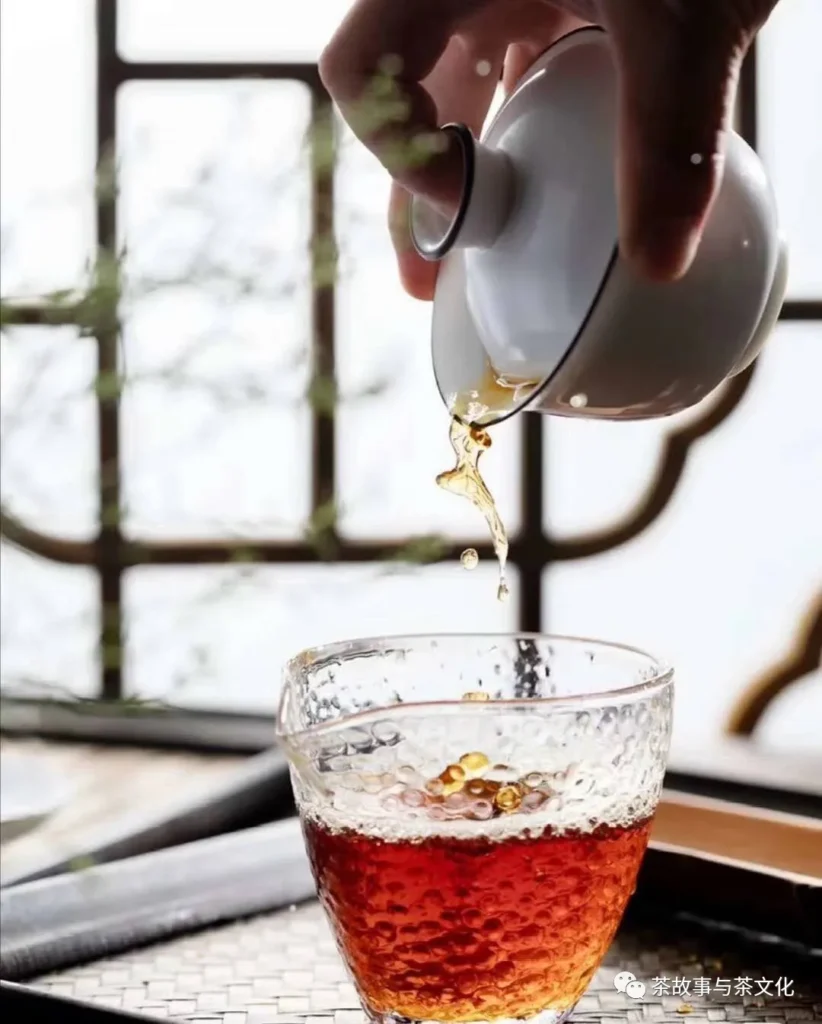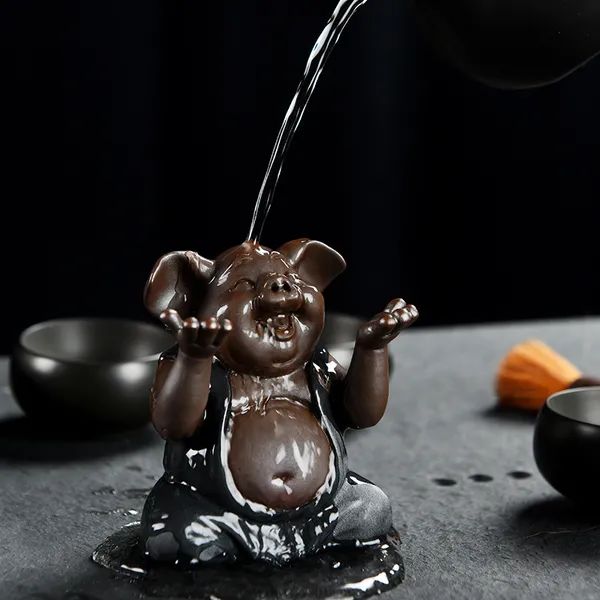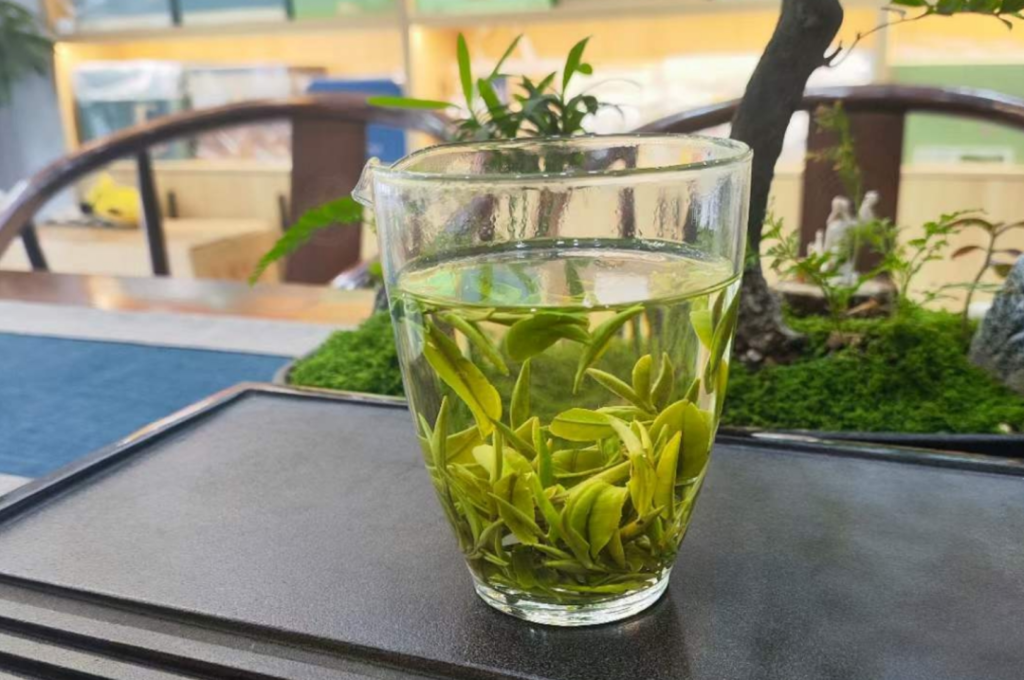The fragrance of tea is elusive and intangible, yet it captivates the soul and lingers in the dreams. Understanding the aroma of tea is not straightforward, especially for beginners who know tea is fragrant but struggle to express it. Each type of tea has its unique scent; by familiarizing oneself with the basic aromas of the six major tea categories, one can easily learn to appreciate tea’s fragrance.
Green Tea: Fresh and Delicate Like a Spring Breeze
White Tea: There are not many varieties of white tea, which can be categorized based on the tenderness of the raw materials into the single bud with abundant downy hairs known as Bai Hao Yin Zhen, and the bud and leaf combination known as Bai Mu Dan. For the older leaves, there is Shou Mei (also known as Gong Mei, where the two terms are almost synonymous today). The young leaves offer a fresh aroma, while the older ones provide a mature scent, with significantly different styles.
Fresh Aroma: The raw materials are tender and have a fresh fragrance, somewhat similar to the taste of green tea, such as Bai Hao Yin Zhen. Downy Aroma: Tea with abundant downy hairs that carry a special downy aroma; generally, the tenderer the raw material, the more downy hairs there are. Bai Hao Yin Zhen has a more pronounced downy aroma than Bai Mu Dan, while Shou Mei hardly has any. Jujube and Medicinal Aromas: The rich aroma formed when white tea ages into old white tea, similar to the scent of red dates, traditional Chinese medicine, and aged wood. Sun-dried Aroma: The scent formed when white tea is sun-dried and absorbs sunlight, which can be detected in sun-dried white teas. Flower and Fruit Aromas: As a slightly fermented tea, white tea carries a subtle flower and fruit aroma, regardless of its age. However, this is a general term and differs from the flower and fruit aromas found in black and oolong teas. Dark Tea: The rich, mature aroma of dark tea is also very distinctive due to its post-fermentation process, which creates a unique fragrance not found in other types of tea. Generally, it is described as mature and mellow. Mature Aroma: The unique post-fermentation process of dark tea creates a rich, mellow aroma that is common in various dark teas. The mature aroma of dark tea becomes more pronounced with long-term storage. Wood Aroma: The raw materials of dark tea are slightly older and have a higher degree of woodiness, which gives it a woody scent. Microbial Flower Aroma: A unique aroma found in dark teas with ‘golden flowers,’ such as Liu Bao tea. Apart from the five types of tea introduced above, there is also the relatively niche yellow tea. The aroma of yellow tea is as fresh as green tea but with a sweeter flavor, including the scents of crispy rice and tender corn. Representative teas include Junshan Yin Zhen and Huoshan Huang Ya.


